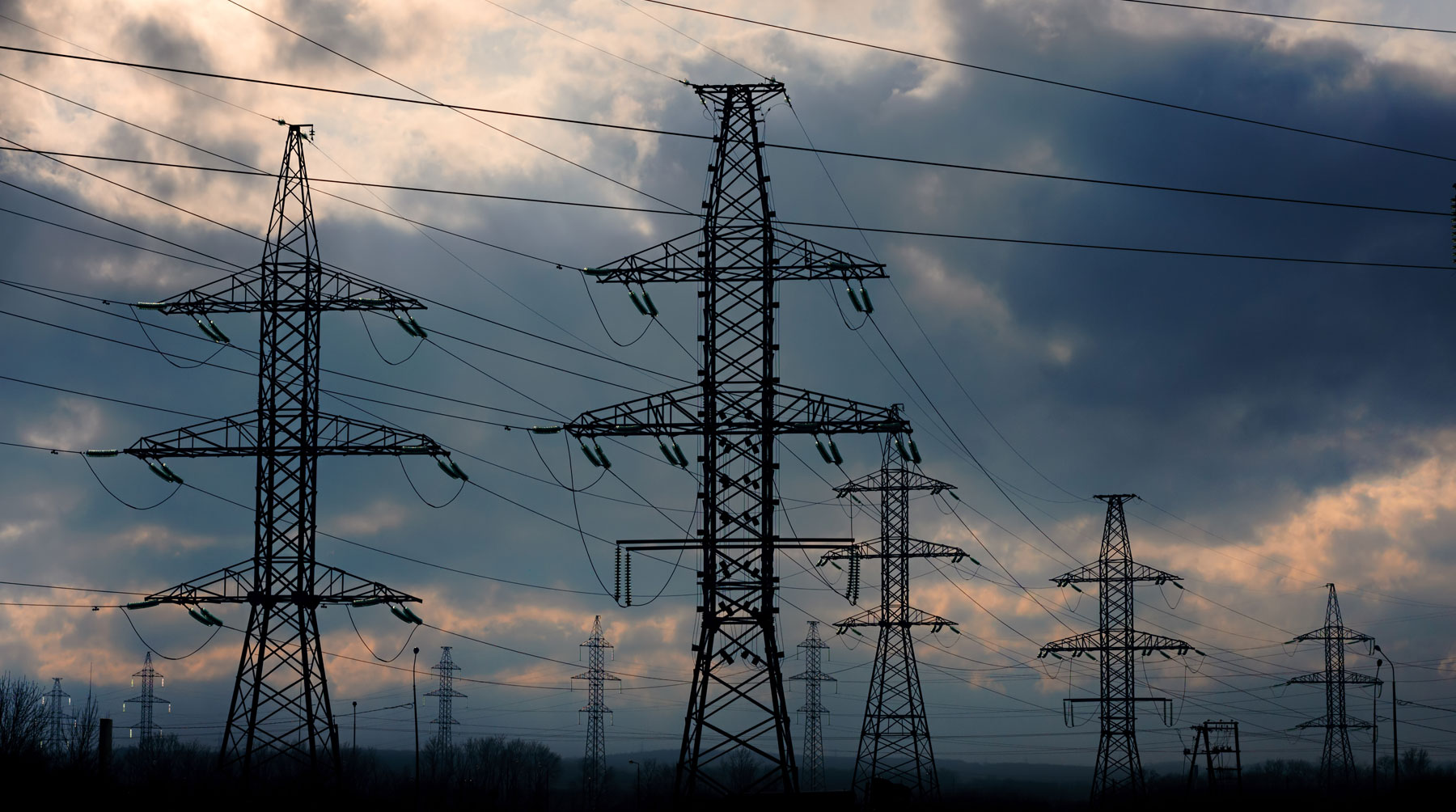According to the Eaton Blackout Tracker, 36.7 million people were affected by more than 3,500 power outages in the U.S. in 2017 alone. These outages lasted twice as long as the year before, keeping the lights off for an average of nearly eight hours per disruption. Fast forward to 2019, and utilities in California are informing their customers to be prepared for four to five day outages.
Extreme weather events are a major driver of this trend; data shows that droughts, forest fires, and storms have doubled over the past four decades and other disasters such as floods have quadrupled. The unprecedented weather events that swept across the U.S. in 2018 and 2019 alone are telling – Florida’s Hurricane Michael, California’s Camp Fire, and the Midwest’s polar vortex, just to name a few. As catastrophic weather events continue to escalate, prolonged grid outages will follow.
Unfortunately, outages are not limited to weather events – In August 2019, Southern California experienced an outage due to a substation fire that left 28,000 customers without power and forced the John Wayne Airport into a full operational stop. On the east coast, the New York blackout that plunged 72,000 customers into darkness in mid-July was similarly caused by infrastructure – according to the utility, the culprit was “a flawed connection.”
The fact is, the nation’s electrical grids are aging and ill equipped to reliably service us anymore. Our existing infrastructure is riddled with single points of failure, a weakness in design that should not be a part of a twenty-first century power structure. Service territories may be shut off for five days because of concerns of live wires spreading wildfires.
Too many times, power has been knocked out to businesses, homes, hospitals, and schools from coast to coast. It’s time to look to new, proven technologies that can keep the lights on when communities need it most. It’s time to adapt.
Enter always on microgrids.
Microgrids are sources of electric power that can operate independently of the main electrical grid indefinitely. This makes them invaluable for protecting businesses and communities from increasing outages. Bloom Energy’s AlwaysON Microgrid is the only available power solution that provides power both when the grid is available and when it is down, in perpetuity. Today, we are less certain when the grid will come back online. As the primary power provider, the AlwaysON Microgrid solution eliminates the need to design for backup and alternative generation sources.
Bloom Energy is an industry leader in microgrid development, with its first microgrid installation in 2011. Bloom Energy has a proven track record of keeping our customers up and running. In 2018 alone, Bloom microgrids around the world powered facilities through 550+ outages. In July 2019, when a New York grid outage plunged tens of thousands of customers into darkness, Bloom’s microgrids kept the power on at Home Depot stores in the area.
With Bloom, it’s about energy resiliency and sustainability. Our Energy Servers generate electricity from natural gas, biogas, or hydrogen without combustion through an electrochemical reaction. They generate up to 50% fewer CO2 emissions than grid power, and produce virtually no smog-forming emissions. Because Bloom Energy Servers are fueled by an underground pipeline system, they are dramatically less susceptible to the impacts of extreme weather.
It’s time we look to energy solutions that address the causes and consequences of climate change. Bloomberg New Energy Finance recently published their 2019 New Energy Outlook and highlighted that after 2030, we don’t have a solution – despite all the utility scale solar and wind development – to keep the power sector on a two-degree reduction trajectory. Bloom Energy is a climate solution not just until 2030, but beyond.
This article originally appeared on the World Climate LTD, Horizon19 blog.



